SCARBOROUGH — For the first time since it was carved out of coastal muck and gravel 66 years ago, Scarborough Downs is for sale, really for sale, all 483 acres stretching from Route 1 to Payne Road.
Fresh off a failed land deal that aimed to preserve the long-struggling racetrack, the owners have set their sights on unloading the swath of prime real estate for $7.5 million with little or no interest in keeping the harness racing enterprise alive.
They say the Downs is being snuffed out by dwindling profits and attendance, increasing competition from casinos and online gambling, crumbling facilities that have drawn recent scrutiny from government officials, and continuing controversy with horse owners and trainers.
It’s all become too much for Denise Terry, vice president of finance at the Downs. She has largely assumed operation of the racetrack for her mother, Sharon Terry, who took over the property in 2001 from her late husband, Joe Ricci, the controversial, unrelenting force who ran the Downs for 21 years.
“I feel like I’m being held underwater,” Denise Terry said last week. “How long can you survive without breathing?”
Faced with such a large chunk of land, town officials and others see a chance to create the downtown that Scarborough never had – an opportunity to turn Scarborough Downs Road into Main Street – complete with shops, offices, restaurants, apartments and townhouses.
The Town Council approved special zoning regulations with that potential in mind three years ago, when preserving the half-mile track and maybe adding a casino were still top priorities, so they were written into the permitted uses. Andrew Ingalls, the listing broker, helped to draft the Crossroads Planned Development standards for the Downs property.
“The idea of (having) a casino there has stalled development of the larger site,” said Ingalls, of Malone Commercial Brokers. “The owners want to be aggressive in selling the property. The highest and best use is to scrap the track and develop the property in a way that takes advantage of all the site has to offer. You could turn that property into a downtown area that would shine like a diamond.”
The property was under contract until Oct. 1 with a group of investors that Ingalls continued to court through the end of the month. Consultants representing the group – which was widely rumored to include Maine entrepreneur Michael Liberty, a former owner of Oxford Plains Speedway – were at Scarborough Town Hall in recent weeks, investigating the site’s development potential. Liberty didn’t respond to a request for comment.
HORSE MANURE PROBLEM
On Oct. 3, horse owners and trainers got what some now see as a clear sign that the Downs owners are losing their commitment to harness racing. Terry sent them a letter announcing plans to close the track’s dilapidated, mostly empty horse barns, saying that the Downs couldn’t afford to fix a pollution problem caused by runoff from manure piles.

One of a few piles of horse manure near the barns at Scarborough Downs. The track’s owners say they have been cited for polluting nearby marshes and must close the barns.
Officials from the Maine Department of Agriculture, Conservation and Forestry visited the track last February, when they found high bacteria counts in a nearby stream and determined that the Downs wasn’t stacking and handling horse manure according to federal and state regulations. The department had been tipped off by the U.S. Environmental Protection Agency, whose field agents had found elevated bacteria levels during routine storm drain tests near the Downs, said Dave Deegan, spokesman at the EPA’s regional office.
Built by Ricci in 1980, the barns consist of several long, single-story, cinder-block buildings that once boarded as many as 400 horses. Now they’re ramshackle structures with leaking roofs, cracked windows and broken faucets.
The Maine Harness Horsemen’s Association made a last-minute effort to negotiate a solution to the manure problem so the horses could have stayed in the barns through the end of the racing season on Dec. 4 – apparently to no avail. The barns are scheduled to be shut down and locked up following the last race this Sunday, forcing horse owners and trainers to find alternative stables for about 60 animals.
“It’s not a decision that was made lightly,” said Mike Sweeney, track announcer and spokesman. “Scarborough Downs is not in a financial position to remedy the situation in the barn area.”
Terry noted that few harness racing tracks stable horses on site anymore because of the associated costs and complications. She said horse owners and trainers currently owe the Downs about $50,000 in unpaid rent, and that’s a drop in the bucket of challenges facing a company whose annual revenue fell from $4.2 million in 2004 to $2.8 million in 2015, Sweeney said.
But while Sweeney and Terry claimed that the barn closure was forced upon them, officials at the department of agriculture showed a willingness to help the track’s owners correct the manure problem and keep the stables open. They suggested several low-cost ways to properly contain and elevate the manure piles, such as concrete blocks and wood chips, and the Downs could have sought an extension of the deadline for corrective action beyond Nov. 1, said John Bott, department spokesman.
“We’ve been working on solutions with the owners to support an existing business,” Bott said. “We tried to give them options that wouldn’t have (required) the closing of the barns.”
Horse owners and trainers question why Terry didn’t accept help that was offered over the last few weeks, including promises to make overdue rent payments or contribute to the cost of enclosing manure piles. Her initial letter indicated that the Downs would be open to working with horse owners and trainers to fix the manure problem and said “all suggestions are welcome.” But ultimately, none was taken.
As a result, Randy Bickmore, a trainer who stabled 15 horses at the track, plans to board the animals in his care at a horse farm in Oxford that has a small track suitable for training. It will add a two-hour round trip for each horse on race days, but Bickmore doesn’t sound like he’ll miss the long-neglected barns at the Downs.
“It seems like they wanted to close the barns all along,” said Bickmore, 50. “And that’s fine. But why not just come out and say that from the start? We’re all grown-ups.”

Attendance is light in the lower grandstand at Scarborough Downs late last week during a live racing card. Nothing has battered the viability of the site like online gambling and casinos.
THE RISE OF COMPETITION
The Downs’ operators paint a bleak picture of their current situation, noting that races on a recent weekday drew about 60 bettors to the grandstand, a massive gray structure with several boarded-up windows. They wagered a little more than $2,500 in total, which means the Downs made about $250, Sweeney said. On a good day, you’ll see 300 spectators at the track.
Sweeney remembers when the Downs was booming. Record attendance was set on June 29, 1980, when 9,133 people visited the track. The record for highest total wagers in one day was $508,000 on Sept. 6, 1987.
“In the past, if you wanted to gamble, you came to Scarborough Downs,” Sweeney said. “There were no lottery tickets, there was no internet gaming, and the nearest casinos were in Las Vegas.”
Terry started working at the track in 1988, when she was 15. Her first job was scooping ice cream.
“The line never stopped,” Terry said, and people had to wait for a table in the 400-seat clubhouse. Now, the only time the dining room is filled is on Kentucky Derby day.
In truth, the Downs has always struggled, from the time it opened in 1950 as a thoroughbred or saddle-horse track and after it switched to sulky or harness racing in 1969. Through ownership changes, economic slumps and million-dollar expansions; fights over liquor licenses, food service permits and racing schedules; and annual competition from horse tracks in Lewiston and Gorham. There were battles with town officials, state officials and the Maine Harness Racing Commission, not to mention investigations, lawsuits and disputes over night racing, race fixing, commission interference, profit sharing and the right to hold rock concerts at the track.
 Still, nothing has battered the Downs like online gambling and the casinos that opened in recent years in Oxford, Bangor and elsewhere – though the Downs did get its annual $1 million cut from the Maine casinos in 2015. Several legislative and referendum efforts to get slot machines and game tables at the Downs have failed.
Still, nothing has battered the Downs like online gambling and the casinos that opened in recent years in Oxford, Bangor and elsewhere – though the Downs did get its annual $1 million cut from the Maine casinos in 2015. Several legislative and referendum efforts to get slot machines and game tables at the Downs have failed.
“It’s a shame that Scarborough couldn’t do something like a racino because it’s a perfect facility for it,” said William Varney, chairman of the harness racing commission.
“If it is sold, we’re in high hopes it will continue to be a racetrack and it will be someone who will be interested in it being a racino,” Varney said, “because Scarborough is very important to harness racing.”
If the Downs doesn’t keep its racetrack, Varney said, others have expressed interest in picking up the slack at an existing track or building a new track. There are tracks suitable for harness racing in Cumberland, Oxford and Fryeburg, Varney said.
Ingalls, the listing broker, and others have something bigger in mind for 90 Payne Road. Investors have expressed interest in developing a master plan for the property that reflects the multi-use potential outlined in the town’s special zoning, he said.
Because of the parcel’s size, it’s possible that a successful deal would involve a variety of developers working together to realize a common vision for what the Downs could become.
“We need somebody to jump-start it and we’ll be off and running,” Ingalls said.
Send questions/comments to the editors.


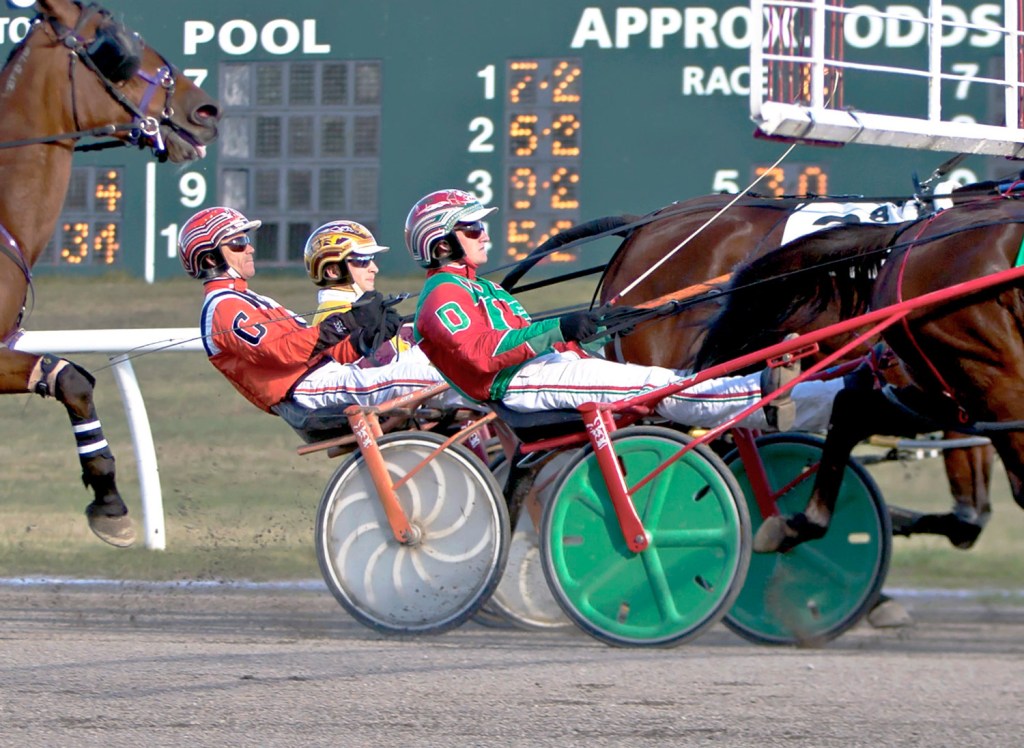
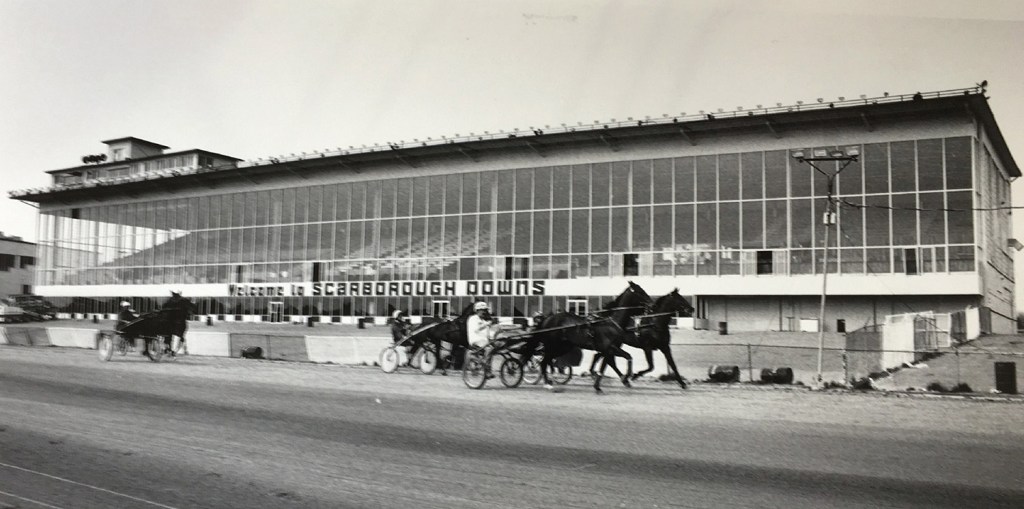

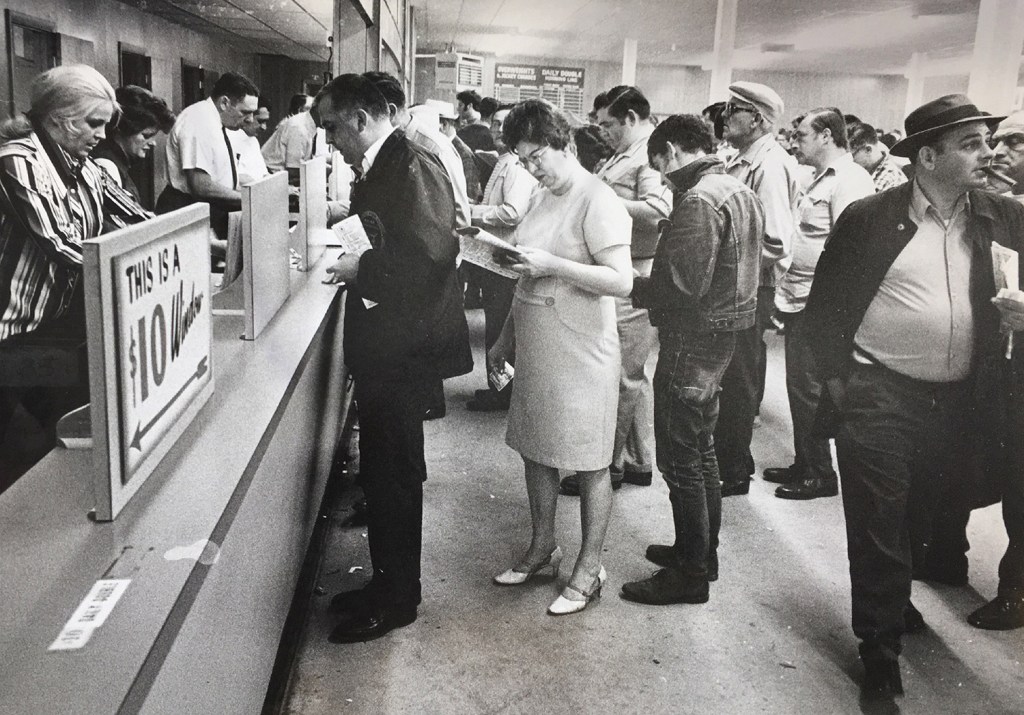
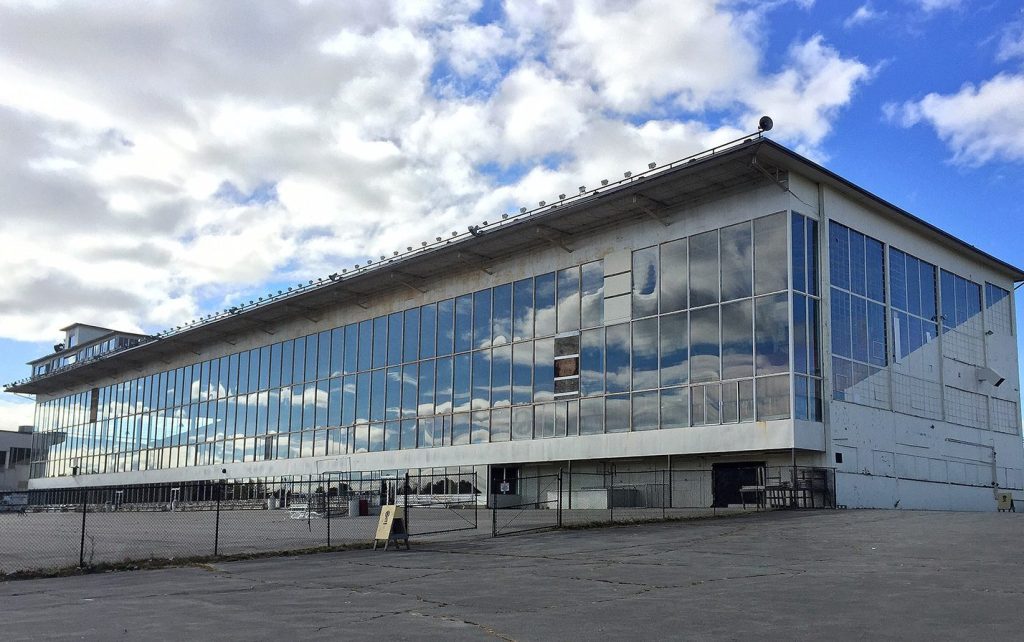
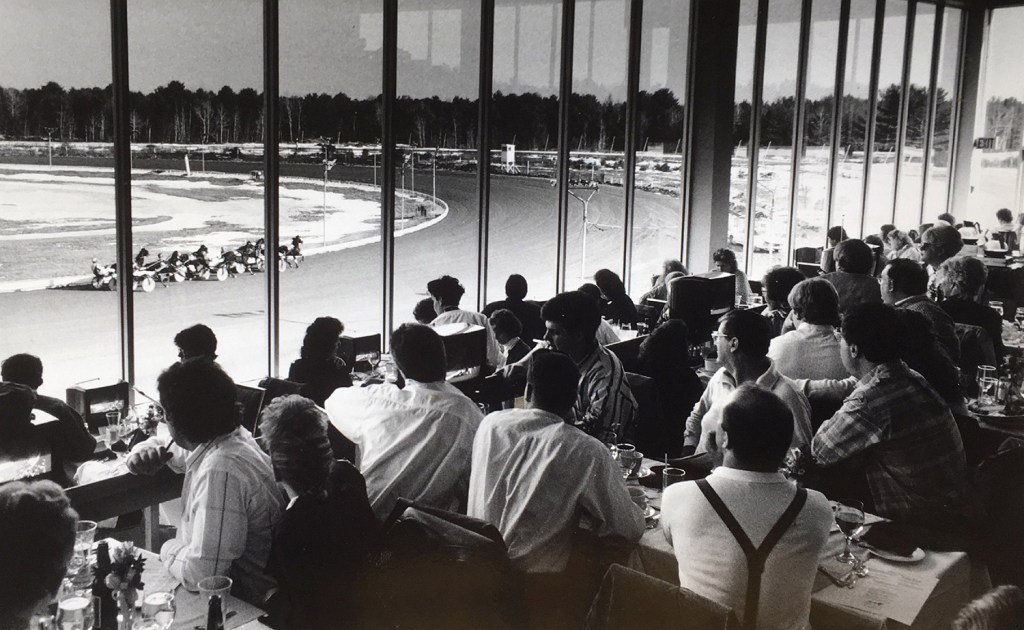
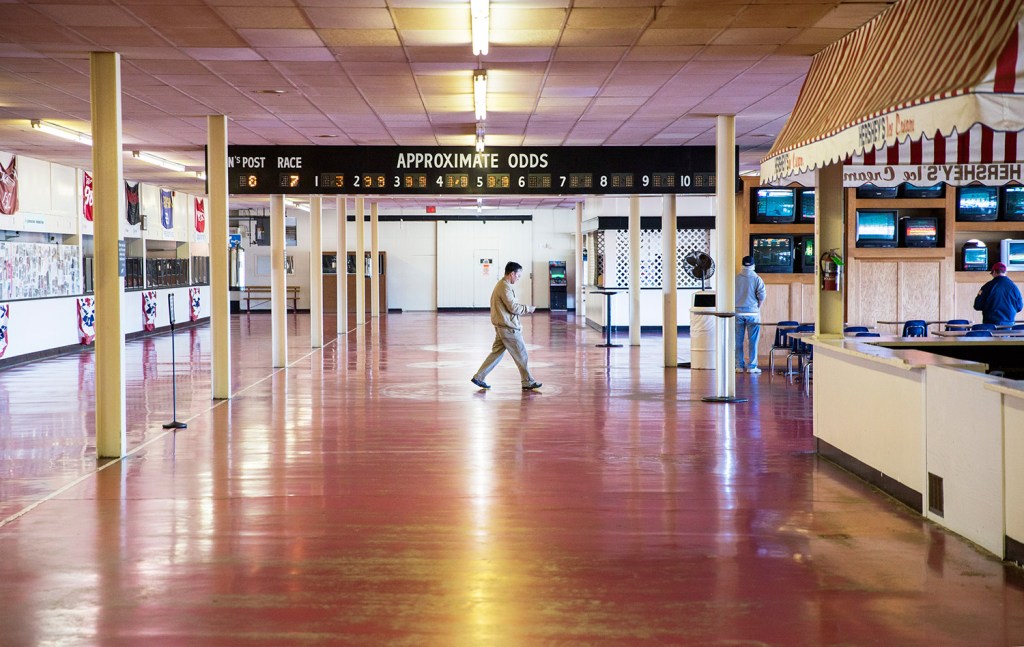
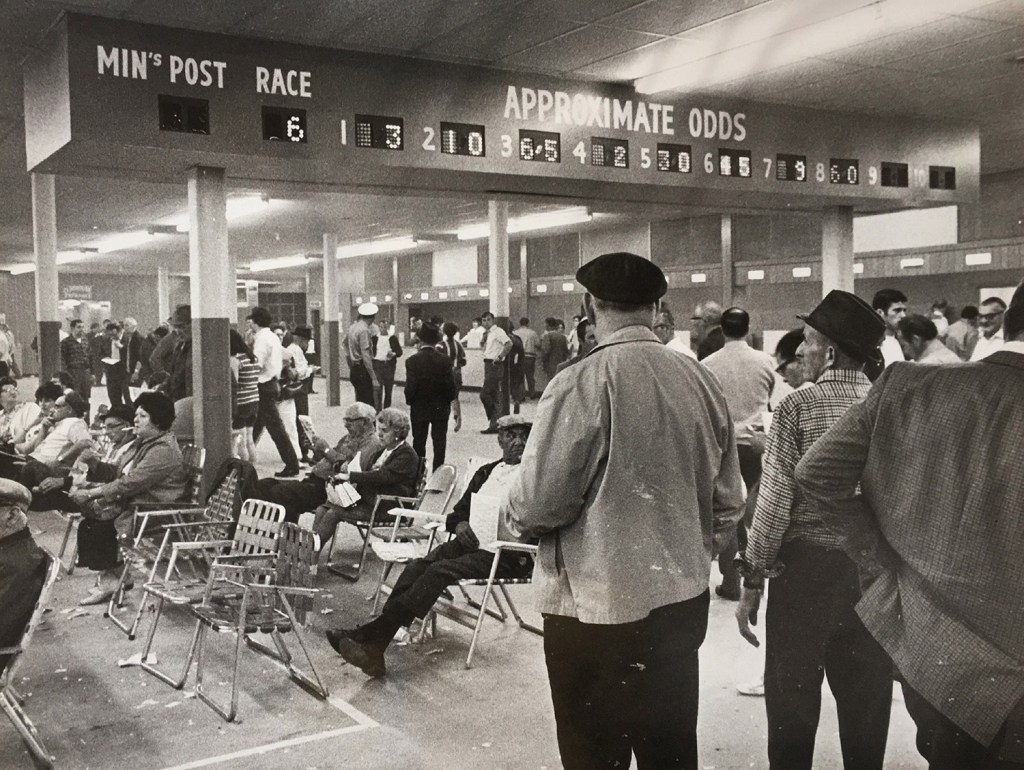
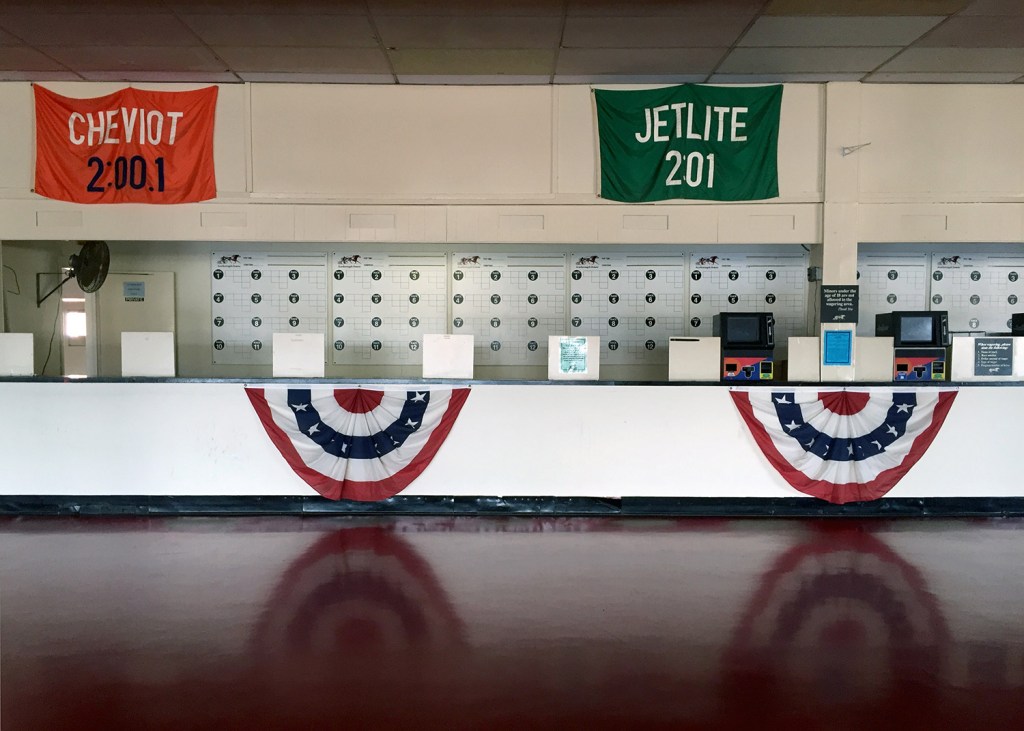

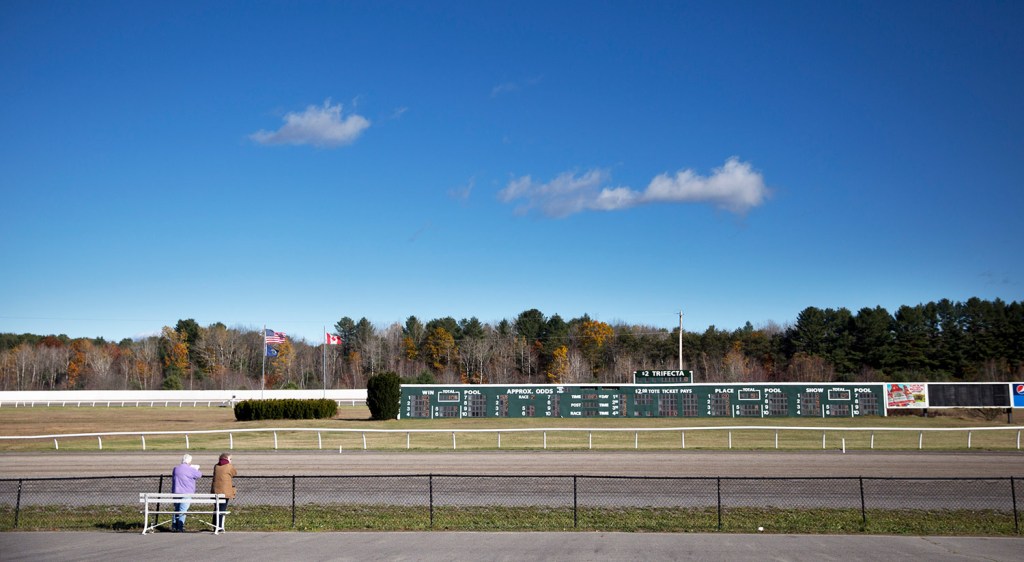
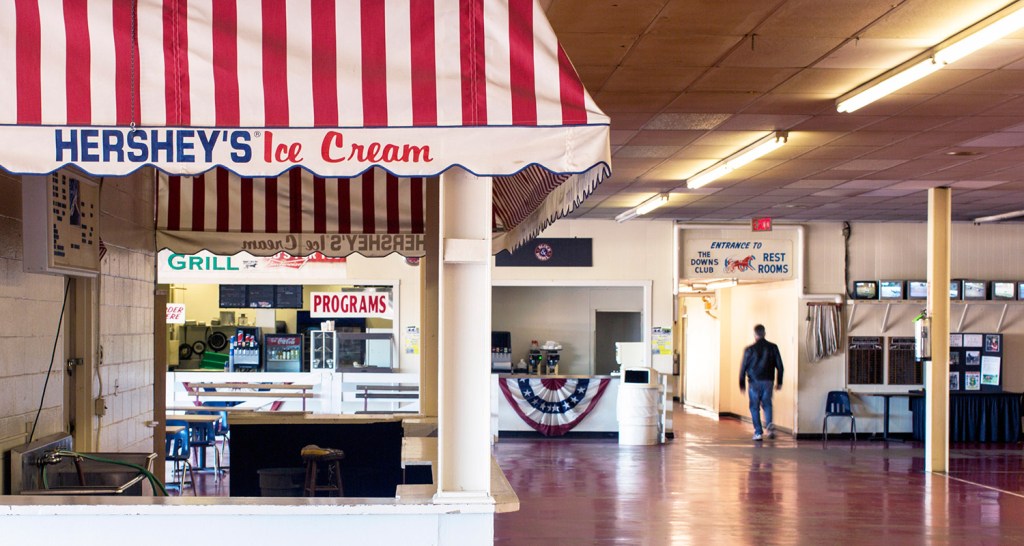
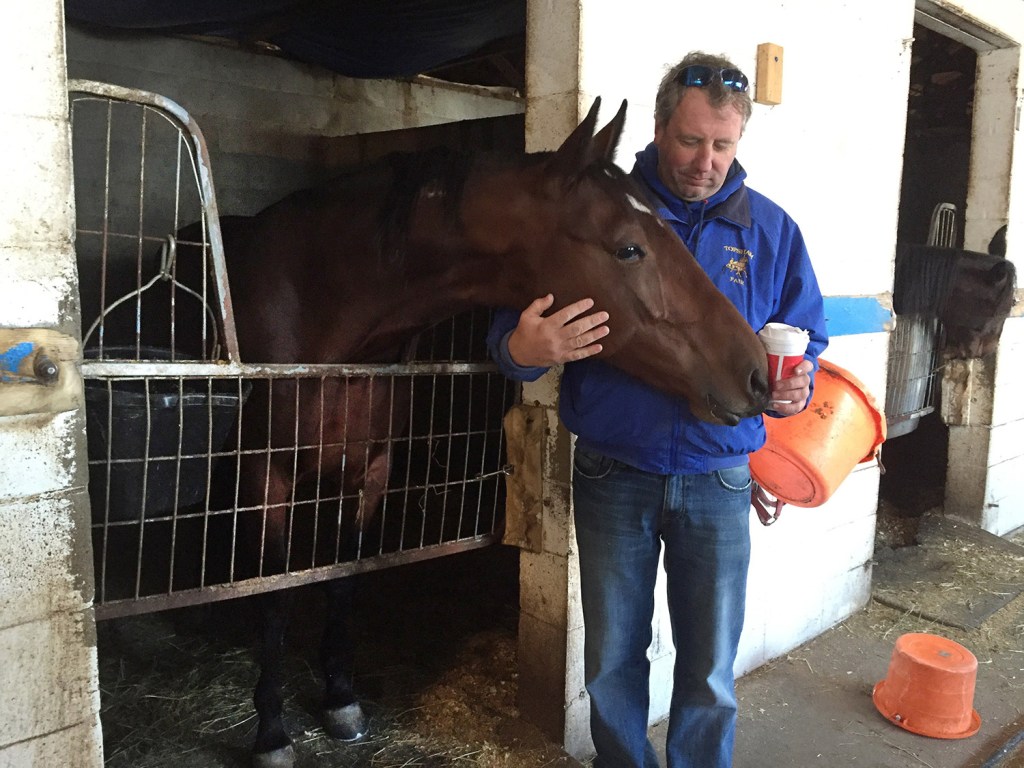
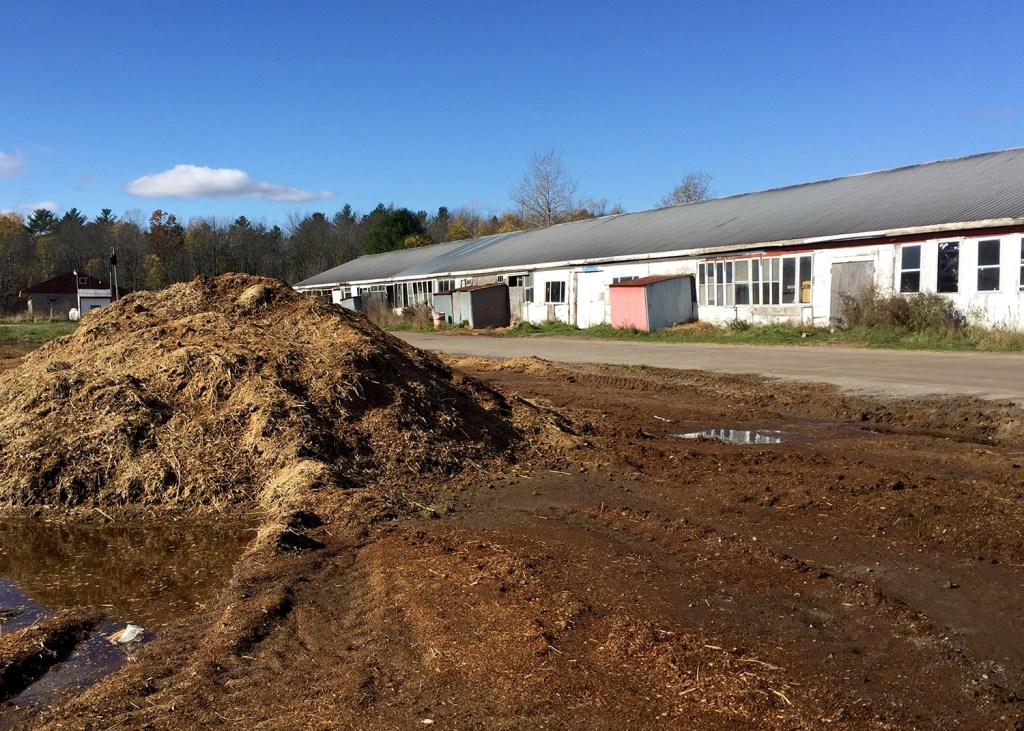
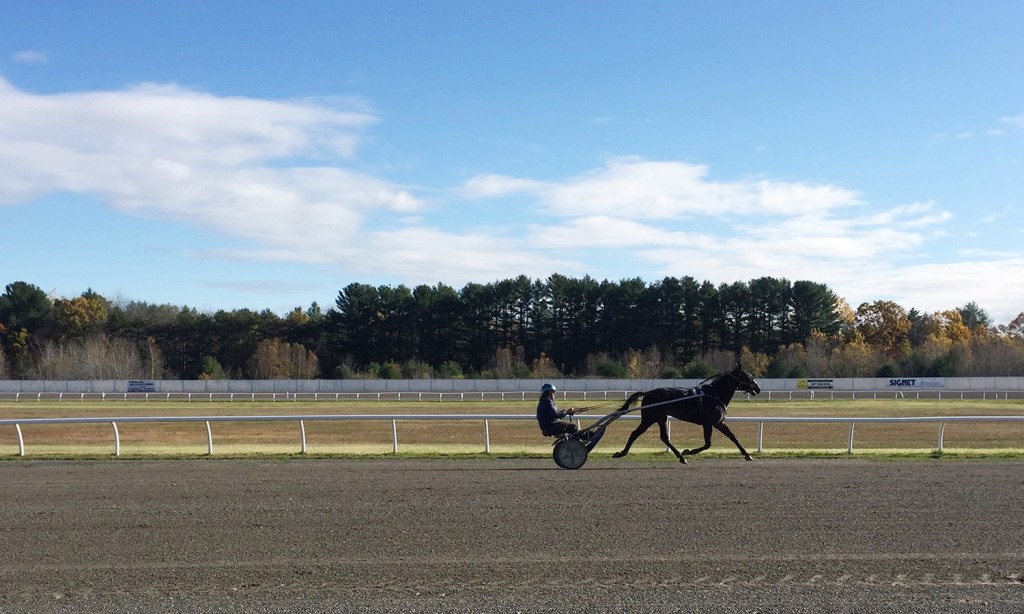

Comments are no longer available on this story